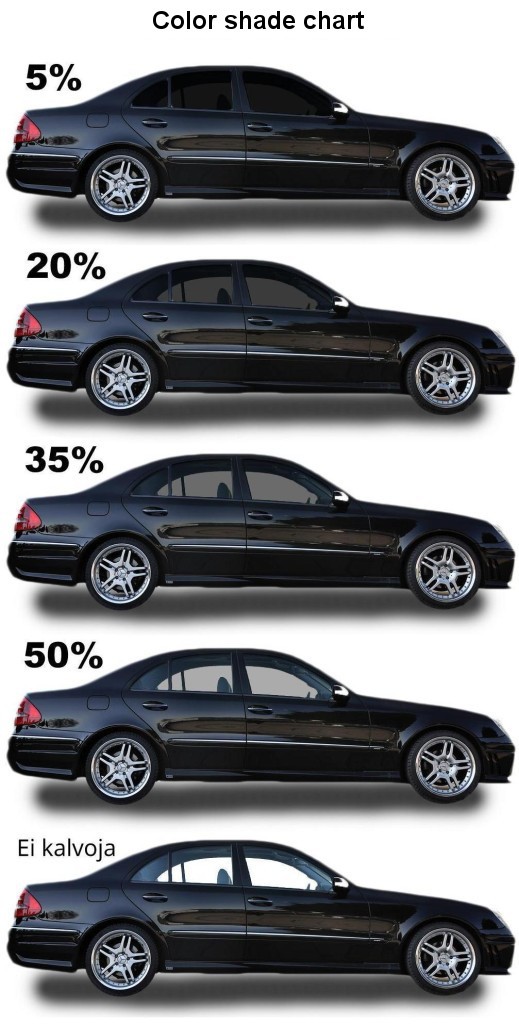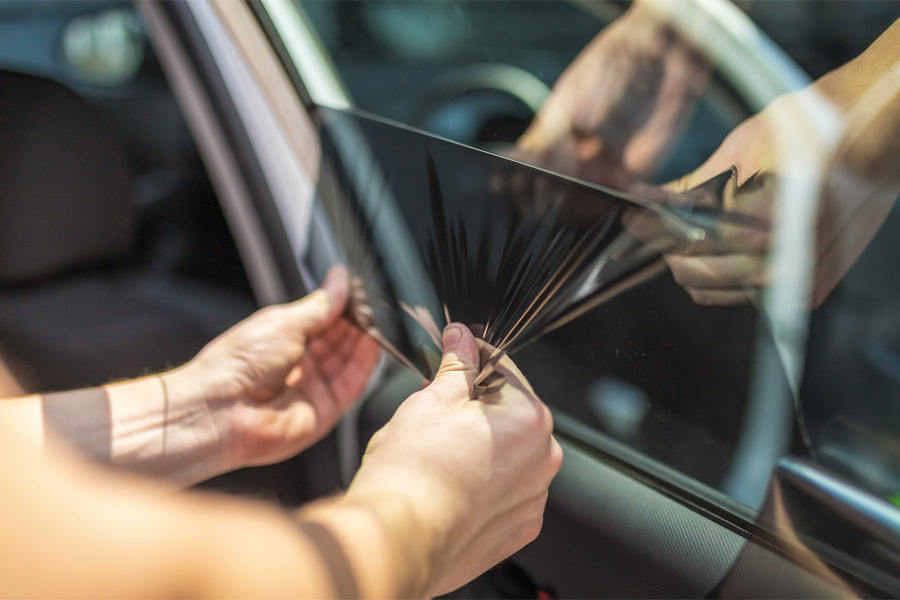Why Vehicle Window Tinting is a Must-Have for Modern Automobiles
Why Vehicle Window Tinting is a Must-Have for Modern Automobiles
Blog Article
Window Tinting Rules and Standards: What You Required to Know Prior To Tinting Your Car
Before continuing with home window tinting for your vehicle, it is crucial to acquaint yourself with the diverse regulations and standards that govern this practice across various states. These guidelines dictate the permitted levels of tint darkness, typically measured by visible light transmission (VLT) percentages, and consist of certain specifications for front windscreens targeted at ensuring road safety. Additionally, particular jurisdictions may provide clinical exceptions for people with certifying conditions. Understanding these complexities can save you from prospective lawful ramifications, however what are the particular policies in your state?
Review of Window Tinting Rules
Window tinting laws are regularly subject to variation across various jurisdictions, showing neighborhood regulations and safety and security factors to consider. These legislations determine the permissible levels of tint darkness and reflectiveness on car home windows, making certain that motorists preserve adequate presence while likewise safeguarding versus damaging UV rays and warm.
Most regulations identify window tinting based upon the Visible Light Transmission (VLT) percentage, which shows the quantity of light that can go through the home window. Generally, lower VLT portions represent darker colors. Legislations typically separate between the front, side, and back home windows, with stricter constraints applied to the front windshield to boost security for both the chauffeur and other roadway individuals.
Furthermore, some territories enforce limitations on the reflectivity of the color, protecting against too much glare that can hinder presence. Exemptions to these regulations might exist for individuals with specific clinical problems calling for extra sunlight protection. Compliance with window tinting guidelines is crucial, as infractions can result in fines, mandatory elimination of the color, and prospective rises in insurance premiums. Therefore, it is necessary for lorry owners to familiarize themselves with neighborhood laws before waging home window tinting setups.
State-by-State Tint Regulations
Recognizing the details window tinting laws in each state is essential for car owners seeking to follow the regulation. Each state in the united state has actually established its own collection of regulations regulating window tinting, which can differ considerably. These guidelines frequently dictate the permitted levels of tint darkness, the sorts of home windows that can be tinted, and any type of clinical exemptions that might apply.
As an example, states like The golden state have strict limitations on color darkness for front home windows, while others, such as New Mexico, may allow darker colors. Furthermore, certain states mandate details visibility portions for various windows, including the windscreen, front side windows, and rear windows. It is essential for vehicle proprietors to familiarize themselves with their state's legislations to avoid potential penalties or penalties.
Furthermore, some states might call for a certification sticker label to be put on tinted home windows, suggesting compliance with state legislations. Failing to comply with these regulations not only runs the risk of lawful repercussions but can likewise influence security and presence while driving. Vehicle proprietors need to perform extensive study or get in touch with local authorities to make certain full understanding and conformity with state-by-state tint laws.
Allowed Tint Kinds and degrees
Numerous vehicle proprietors may be stunned to learn that allowed tint degrees and types differ extensively across various states. Each state has actually established its very own policies regarding the permitted darkness and reflectivity of window color, commonly gauged by Visible Light Transmission (VLT) percentages. VLT refers to the quantity of light that can travel through the colored home windows; thus, a reduced portion indicates a darker color.

Furthermore, the kinds of tint materials enabled can differ, with some states restricting metal or mirror-like surfaces. It is necessary for automobile owners to acquaint themselves with their state's particular laws to make certain compliance. Non-compliance can lead to penalties, necessary removal of the tint, or other legal consequences, making it critical to comprehend these policies before continuing with installation.
Medical Exceptions for Tinting
While not all states provide allocations for medical exceptions pertaining to home window tinting, those that do acknowledge the requirement for details people to improve visibility and comfort because of medical problems. Numerous clinical conditions, such as lupus, skin cancer, and specific eye problems, can render people particularly sensitive to sunshine. These people may need darker tints to shield themselves from damaging UV rays and glare.

It is essential to keep in mind that despite having a clinical exemption, there may still be limitations on the level of tint allowed. Conformity with state laws makes certain that individuals are both secured and within check my reference legal limits. Those considering clinical exemptions should contact their local Division of Motor Cars or comparable authority to recognize the procedures and needs essential to make an application for an exemption efficiently.
Fines for Non-Compliance
Falling short to adhere to home window tinting legislations can result in substantial penalties, which vary by state. Law enforcement companies are encouraged to issue citations for lorries that do not stick to the specified tinting policies. These charges commonly consist of penalties, which can vary from moderate total up to a number of hundred bucks, relying on the severity of the infraction and the state in inquiry.
In some territories, repeated offenses may result in intensifying fines or additional fines, such as compulsory court looks. Non-compliance browse this site might demand the elimination of prohibited tinting, often at the proprietor's expenditure. In extreme instances, regular offenders might encounter suspension of their vehicle registration up until compliance is accomplished.
Additionally, insurance policy ramifications may emerge from getting numerous citations for home window tint infractions. Insurance firms may see such violations as an indication of riskier behavior, possibly causing enhanced costs or trouble in insurance coverage.
To prevent these charges, it is important for automobile proprietors to acquaint themselves with their neighborhood home window tinting legislations and ensure that their automobile complies (Window Tinting). This aggressive method not only avoids legal implications but also promotes roadway safety and security
Verdict

Most guidelines categorize home window tinting based on the Visible Light Transmission (VLT) portion, which indicates the quantity of light that can pass with the home window. Compliance with home window tinting policies is important, as violations can result in penalties, mandatory removal of the tint, and possible Discover More Here boosts in insurance coverage premiums.Recognizing the certain home window tinting policies in each state is important for automobile owners looking for to comply with the legislation. These regulations often determine the allowed degrees of tint darkness, the kinds of home windows that can be tinted, and any clinical exemptions that might use.
For instance, states like California have rigid restrictions on color darkness for front home windows, while others, such as New Mexico, might enable darker tints.
Report this page